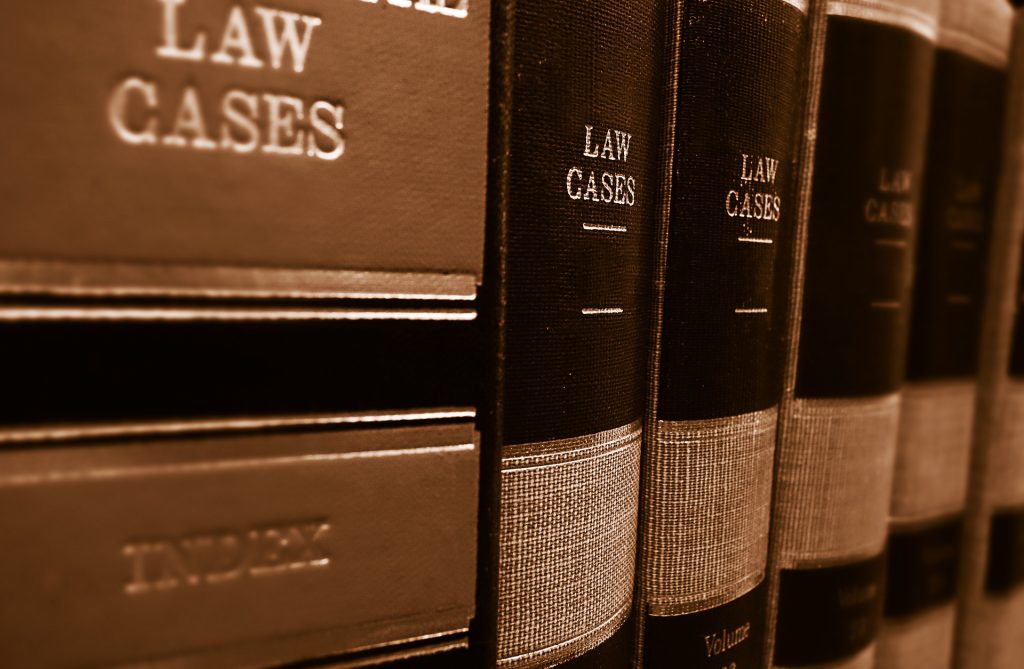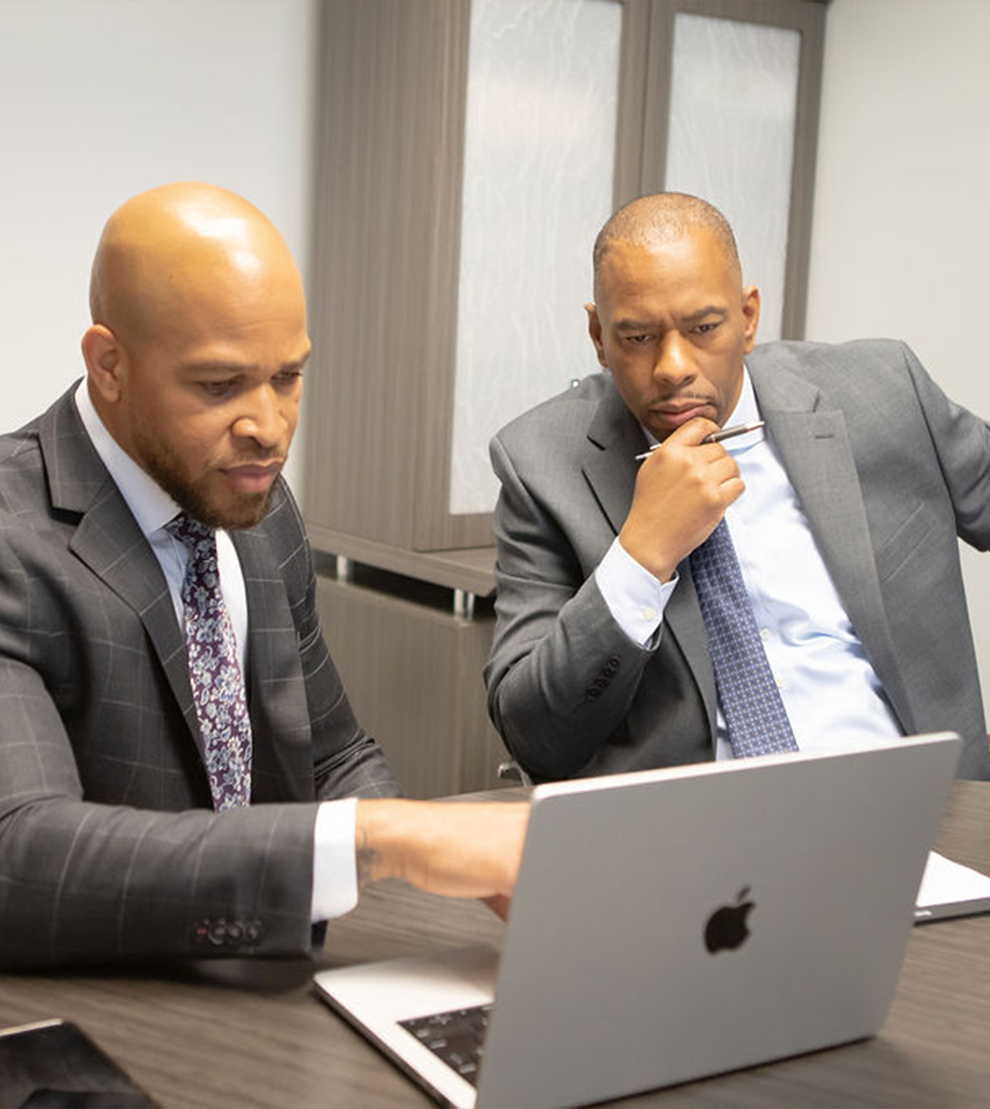Understanding the Basics of Personal Injury Cases
When you first experience a personal injury, it’s natural to feel overwhelmed. The immediate aftermath often involves seeking medical attention, dealing with unexpected expenses, and managing emotional stress. Amidst all this, the thought of pursuing a legal case can seem intimidating. However, understanding the basics of personal injury cases can provide reassurance and clarity.
Initial Consultation with an Attorney
The first step in any personal injury case is to have a consultation with an experienced attorney. That first meeting is crucial as it sets the foundation for your case. During this consultation, you’ll discuss the details of the incident, injuries sustained, and any immediate concerns you might have. An experienced attorney will listen carefully to your story and assess the merits of your case, offering an honest evaluation of its potential.
It’s important to approach this consultation with all relevant documentation and information. Bring medical records, accident reports, photographs, and any correspondence related to the incident. These documents will help your attorney understand the full scope of your situation and provide a more accurate assessment. Also, be prepared to answer questions about the incident and your injuries, as this information is vital for building a strong case.
Gathering Evidence and Documentation
Once you’ve decided to proceed with your case, the next step involves gathering evidence and documentation. This phase is critical as it forms the backbone of your case. Your attorney will work diligently to collect all necessary information, including medical records, witness statements, and expert testimonies. The goal is to build a compelling argument that supports your claims and demonstrates the extent of your injuries.
In some cases, expert testimonies may be required to strengthen your case. These experts can provide professional opinions on various aspects, such as accident reconstruction, medical evaluations, and economic impact assessments.
Filing the Lawsuit
Once all evidence has been gathered, the next step involves filing the lawsuit. This formal action initiates the legal process and sets the stage for the proceedings. Your attorney will prepare the necessary legal documents, known as the complaint, and submit them to the appropriate court. The complaint outlines the details of your case, including the allegations against the defendant and the compensation you seek.
Filing the lawsuit also involves notifying the defendant. This is done through a legal process known as “serving” the defendant with a copy of the complaint. Once served, the defendant has a specific timeframe to respond. They may choose to accept the claims, deny them, or file a counterclaim. The response will determine the direction of the case and whether it will proceed to trial or be resolved through negotiations.
Discovery Phase
The discovery phase is a crucial part of the legal process, where both parties exchange information and evidence. This phase allows each side to gather facts, evaluate the strengths and weaknesses of the case, and prepare for trial. During discovery, your attorney will request documents, interview witnesses, and conduct depositions to gain a comprehensive understanding of the case.
Interrogatories and requests for production are common tools used during discovery. Interrogatories involve written questions that must be answered under oath, while requests for production require the opposing party to provide specific documents or evidence. These tools help your attorney uncover relevant information and identify any discrepancies in the opposing party’s claims.
Depositions are another key component of discovery. During a deposition, witnesses are questioned under oath by both attorneys, and their testimonies are recorded for use in court. Your attorney will guide you through the deposition process, ensuring you’re well-prepared to answer questions and provide accurate information.
Negotiation and Settlement Discussions
As the discovery phase concludes, negotiations and settlement discussions often take place. Many personal injury cases are resolved through settlement, as it allows both parties to avoid the time, expense, and uncertainty of a trial. Your attorney will negotiate for you and will seek a fair settlement that adequately compensates you for everything you’ve been through.
During settlement discussions, your attorney will present evidence and arguments to support your claims. They’ll negotiate with the opposing party’s legal representatives, exploring potential settlement offers and counteroffers. It’s important to remember that settlements are not guaranteed, and each case is unique. Your attorney will assess the viability of a settlement and advise you on the best course of action.
If a settlement is reached, both parties will sign a formal agreement outlining the terms and conditions. Once the settlement is finalized, the case is considered resolved, and you will receive compensation. If a settlement cannot be reached, your attorney will prepare to take the case to trial, ensuring that you’re well-prepared for the next phase of the legal process.
Preparing for Trial
If your case ends up going to trial, being thoroughly prepared is a must. Your attorney will work their hardest to create a strong trial strategy, focusing on presenting evidence, examining witnesses, and delivering persuasive arguments. They’ll also ensure that you’re well-prepared for your role in the trial, whether it involves testifying or providing key evidence.
Trial preparation involves several critical steps, including organizing evidence, drafting legal motions, and preparing opening and closing statements. Your attorney will also conduct mock trials and practice questioning witnesses to anticipate potential challenges and refine their approach. This comprehensive preparation ensures that your case is presented effectively in court.
The Trial Process
The trial process involves several stages, each critical to presenting your case. It begins with jury selection, where both parties choose impartial jurors to hear the case. Once the jury is selected, opening statements are made, summarizing the key points and setting the tone for the trial. Your attorney will outline the evidence and arguments they’ll present, providing the jury with a roadmap of what to expect.
Following opening statements, the presentation of evidence begins. Your attorney will call witnesses to testify, present documents, and introduce expert opinions to support your claims. Cross-examination by the opposing party allows them to challenge the evidence and witnesses, seeking to undermine your case. Throughout this process, your attorney will object to improper questioning and protect your rights.
After all evidence has been presented, closing arguments are made. This is an opportunity for your attorney to summarize the case, emphasize key points, and persuade the jury to deliver a favorable verdict. Once closing arguments are complete, the jury deliberates, considering the evidence and reaching a decision.
Jury Deliberation and Verdict
Jury deliberation is a pivotal moment in the trial process, as the jury reviews the evidence and arguments presented by both parties. This phase can vary in length, depending on the complexity of the case and the jury’s ability to reach a consensus. During deliberation, jurors discuss the case, evaluate the credibility of witnesses, and consider the evidence to arrive at a verdict.
Once the jury reaches a decision, they deliver the verdict to the court. The verdict determines the outcome of the case, including any damages awarded to the plaintiff. If the verdict is in your favor, you’ll receive compensation as determined by the jury. If the verdict is unfavorable, your attorney will discuss potential options for appeal or further legal action.
Post-Trial Motions and Appeals
Following the verdict, post-trial motions and appeals may be filed if either party believes errors occurred during the trial. These legal actions seek to address any perceived injustices and potentially overturn the verdict. Your attorney will evaluate the trial proceedings, identifying any grounds for appeal or post-trial motions.
Post-trial motions can include requests for a new trial, judgment notwithstanding the verdict, or modification of the damages awarded. If an appeal is warranted, your attorney will prepare and file the necessary documents, outlining legal arguments and presenting evidence to support the appeal. The appeals process can be lengthy and complex, requiring skilled legal representation.
Receiving Compensation
If your case concludes with a favorable verdict or settlement, the final step involves receiving compensation. Compensation typically covers medical expenses, lost wages, pain and suffering, and other damages incurred due to the injury. Your attorney will work to ensure that you receive the compensation you’re entitled to promptly and efficiently.
The process of receiving compensation involves negotiating any outstanding medical liens, finalizing the settlement agreement, and distributing the funds. Your attorney will handle these logistics, ensuring that all necessary paperwork is completed and payments are processed. They’ll also address any legal or financial questions you may have regarding the compensation.
Conclusion
By demystifying the personal injury case process, we hope to empower you with the knowledge and confidence to make informed decisions and advocate for your rights. Whether you’re currently navigating a case or considering pursuing legal action, remember that you’re not alone. Your attorney is your advocate and ally, supporting you every step of the way.







